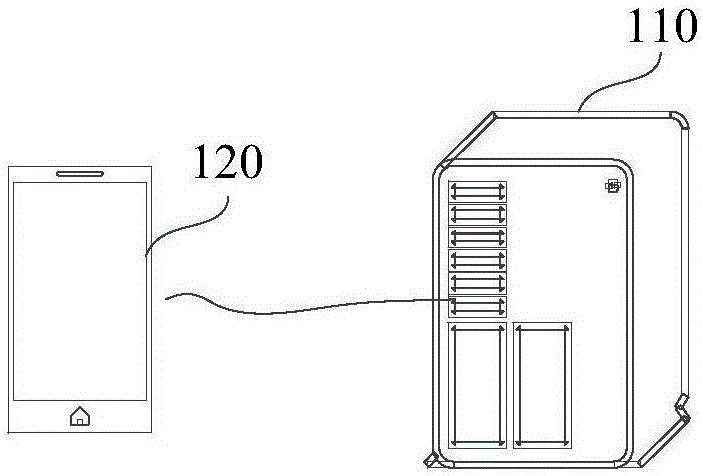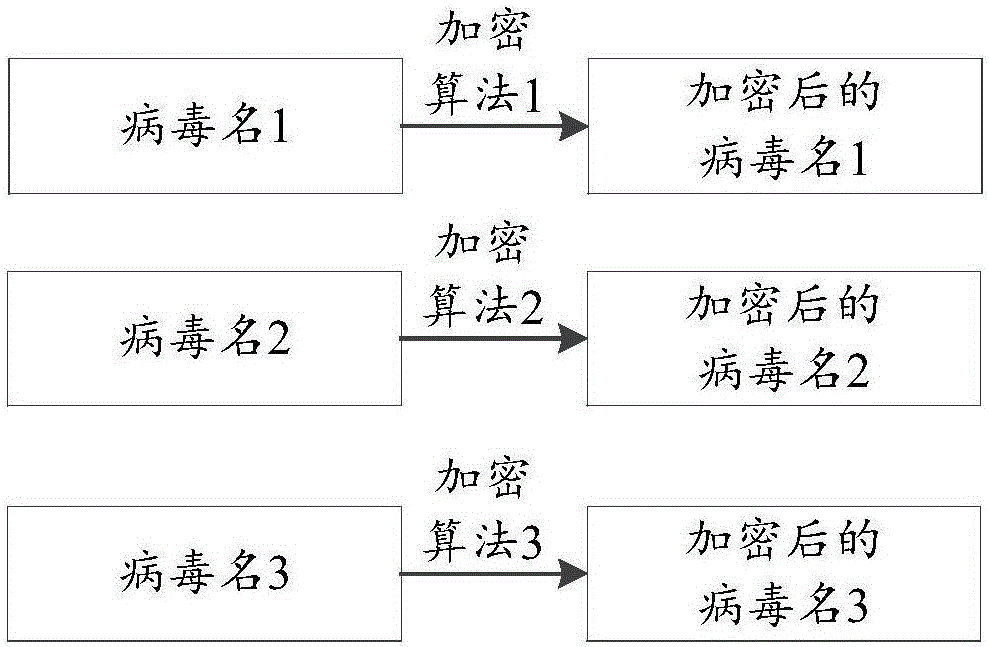Data encryption method and device and data decryption method and device
A technology of data encryption and encryption and decryption algorithms, applied in the field of data decryption methods and devices, and data encryption methods, can solve the problems of low data security and low difficulty in cracking virus databases, and achieve the effect of improving security and increasing difficulty
- Summary
- Abstract
- Description
- Claims
- Application Information
AI Technical Summary
Problems solved by technology
Method used
Image
Examples
Embodiment Construction
[0043] Reference will now be made in detail to the exemplary embodiments, examples of which are illustrated in the accompanying drawings. When the following description refers to the accompanying drawings, the same numerals in different drawings refer to the same or similar elements unless otherwise indicated. The implementations described in the following exemplary examples do not represent all implementations consistent with the present invention. Rather, they are merely examples of apparatuses and methods consistent with aspects of the invention as recited in the appended claims.
[0044] Firstly, some nouns involved in this article are introduced.
[0045] Anti-virus software (also called: anti-virus software or anti-virus software): refers to software used to eliminate malicious programs such as viruses and Trojans in the terminal. Antivirus software includes at least an antivirus engine and a virus database.
[0046] Antivirus engine: a program used to detect and disc...
PUM
 Login to View More
Login to View More Abstract
Description
Claims
Application Information
 Login to View More
Login to View More - R&D
- Intellectual Property
- Life Sciences
- Materials
- Tech Scout
- Unparalleled Data Quality
- Higher Quality Content
- 60% Fewer Hallucinations
Browse by: Latest US Patents, China's latest patents, Technical Efficacy Thesaurus, Application Domain, Technology Topic, Popular Technical Reports.
© 2025 PatSnap. All rights reserved.Legal|Privacy policy|Modern Slavery Act Transparency Statement|Sitemap|About US| Contact US: help@patsnap.com



